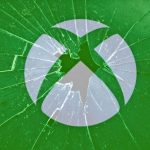If everything is an Xbox, then maybe nothing is
Microsoft’s convoluted Xbox branding strategy has officially gone too far and this will not end well – here’s why
KOSTAS FARKONAS
PublishED: September 22, 2025
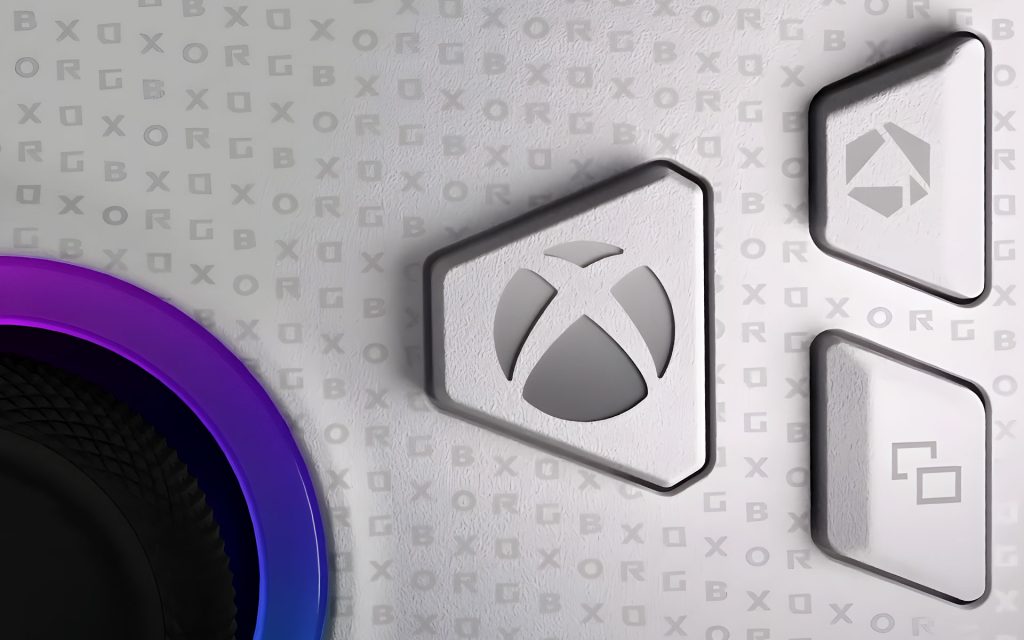
“Hey Dad, so I saw that the Xbox ROG Ally X will be out in a few weeks…”
“Yeap, by the end of October – but they’re calling it the ROG Xbox Ally X. Don’t ask, it’s complicated”.
“Whatever… maybe we should get one, though? It would be cool to play Minecraft or Ori or TABS or Cuphead or Hi-Fi Rush when mum watches TV in the living room, right?”
“It would be cool, but it would also be expensive – plus, we’d have to buy at least a few of those games again. Make me a list of the games you know you’ll be playing and let me go through it”.
“But… but… we’ve already paid for those games, aren’t they in my Xbox library already? Why pay again?”
“Because, son, the ROG Xbox Ally X does not actually play Xbox games, unless they are also PC games”.
(know-it-all-twelve-year-old-rolling-eyes)
“What! But, Dad, it’s called the Xbox ROG Ally. You know? That can’t be right…”
“As I said, complicated. But here’s the thing: Cuphead and TABS and Hi-Fi Rush you can play on this portable, because they are Play Anywhere titles, so you get their PC versions for free. Either of the Ori games, though, we’d have to buy again. Minecraft, too, because we got that on disc”.
“You must me kidding me. I just don’t get it, Dad. But it’s an Xbox ROG Ally”.
“Don’t feel bad, son. I don’t think anyone else gets it either”.
It’s a discussion not worthy of an article all on its own, obviously, but it happened to take place in the same afternoon Microsoft announced that even a car is an Xbox now, through the company’s cloud gaming partnership with LG. That really drove the point home. So, let’s see: a Kia EV3 electric vehicle is an Xbox, millions of LG or Samsung TVs are an Xbox, most modern smartphones or tablets are an Xbox, most personal computers are an Xbox and the ROG Xbox Ally X is an Xbox.
Right.
Something is clearly wrong here. If anything but a smartwatch or a toaster can be an Xbox, then most modern consumer electronics have gotten seriously powerful over the last decade and somehow no one noticed… or a car, a basic smartphone and a cheap Chromebook are not an Xbox. Definitely not in the sense that most people think of an Xbox since the first one was released in 2001. Sure, it’s been quite some time, but a games console built to play video games can only change so much before losing its core meaning as a product, no?
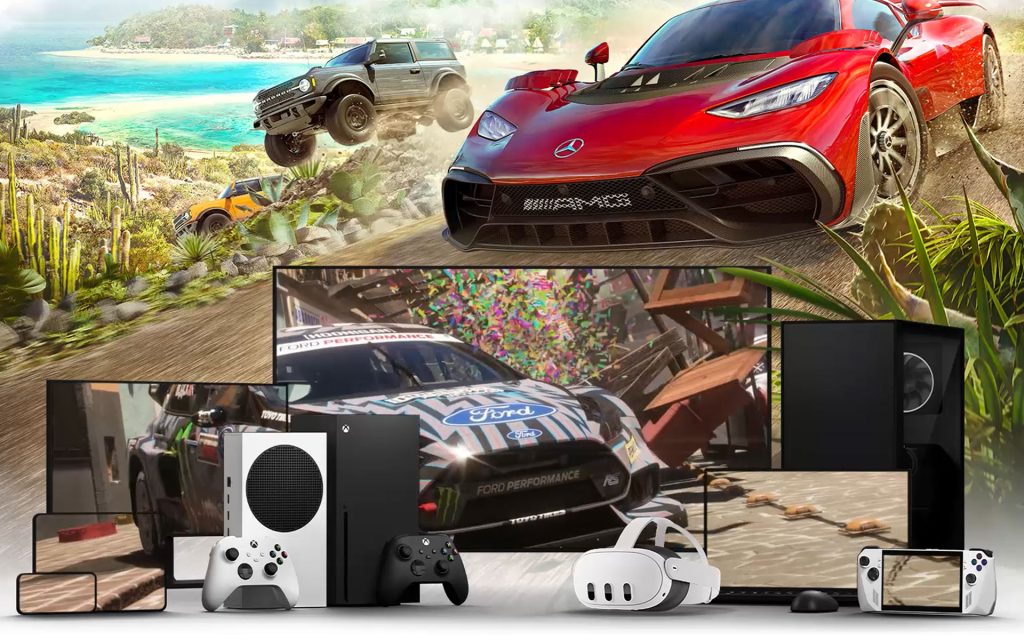
Well, not as far as Microsoft is concerned. The company has been trying to convince everyone for almost a year now that any device able to access, in any way, the Xbox game library is an Xbox. This, in Microsoft’s eyes, includes cloud streaming – playing a video game over the Internet, without actually installing it on the device in question – so, technically, any device that can decode an interactive video stream “is an Xbox”.
It’s either a highly controversial or a downright misleading marketing approach: it all depends on what one considers to be the acceptable minimum for a modern gaming experience these days in terms of control responsiveness and graphics quality.
Microsoft has been trying to convince everyone that any device with any kind of access to the Xbox library “is an Xbox”.
The ROG Xbox Ally X takes things even further, though. This product can’t play any Xbox games in the traditional “handheld” sense – of them being installed locally and being playable without an Internet connection – but, according to Microsoft, “it is part of the Xbox family in terms of branding and experience”, so… an Xbox too.
If this seems like it’s getting out of hand, that’s because it is – in ways that do not serve anyone, including Microsoft. Here’s why.
What’s in a name, if that name is “Xbox”?
This is the question it all comes down to: what does “Xbox” actually mean in late 2025? What most consumers would expect it means, what Microsoft would like them to think it means and what the term may mean in practice are three different things. The Xbox Cloud Gaming service makes things difficult to define, as the range of devices that can “play Xbox games” just because they can stream them is really, really wide.
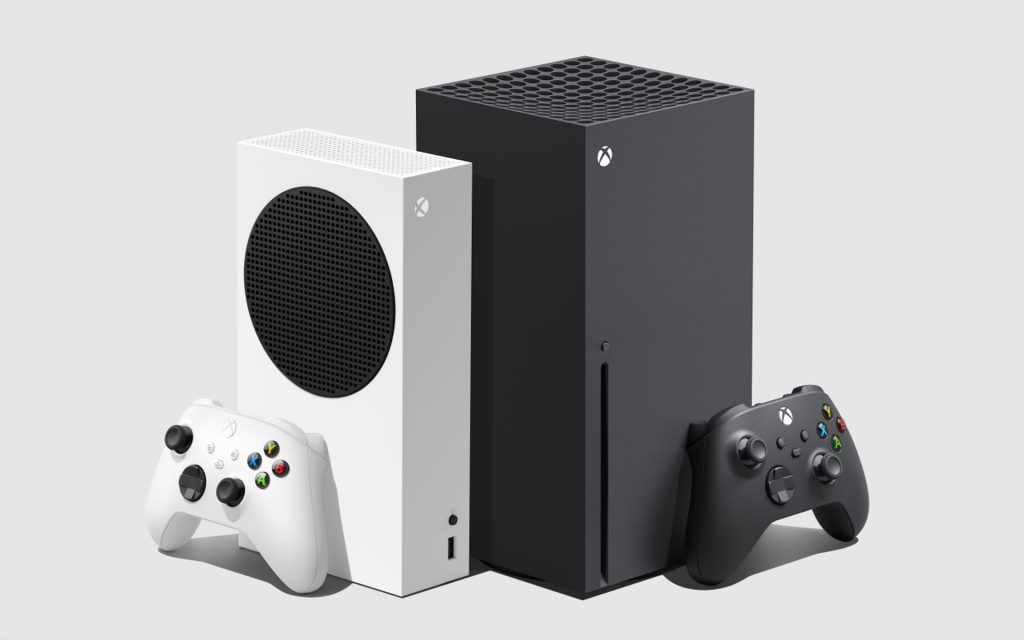
Most consumers, including those that already own any Xbox system up until now, would expect an “Xbox” to mean a stand-alone gaming system capable of playing any game created for it, as well as a large number of games created for previous Xbox models (through Microsoft’s backwards compatibility program).
Players also assume that this means an on-device install of said games, either from a digital library or a physical disc. Such an “Xbox” would easily support cloud streaming too (just as the Xbox Series S/X and the Xbox One S/X do now), so that would be the fully-featured form of an Xbox console most people are familiar with.
Microsoft themselves, on the other hand, want consumers – whether they’ve been owners of an Xbox console or not – to think of any device supporting Xbox Cloud Gaming as an “Xbox”. That’s basically anything that can (a) sustain a 10-20 Mbps stream and (b) connect to an Xbox controller via Bluetooth or USB: smartphones, tablets, TVs, PCs of all kinds, a car… you name it. Since nothing is stored or processed locally, most types of modern networked devices with a screen, even of really low specs by today’s standards, could potentially “be an Xbox”.
Playing games through Xbox Cloud Streaming is just not the same experience as playing them on a console, regardless of Microsoft’s insistence.
What Microsoft never mentions is that (a) the overall experience of Xbox Cloud Gaming is not even close to the one offered by traditional (“native”) games running locally on any Xbox model or that (b) the experience of Xbox Cloud Gaming varies wildly between devices of different types and specifications. More importantly: network connection speeds, network stability, network lag and input lag all affect control responsiveness and accuracy, image clarity, picture quality and motion fluidity – so, essentially, the look and feel of any Xbox game played via streaming (which is not the case with Xbox games played on Xbox consoles).
Microsoft trying to promote Xbox Cloud Gaming, along with Xbox Game Pass and traditional game purchases, as just another way of playing Xbox games – making it sound like it’s a similar or comparable option – verges on false advertising. Whether that is strictly true or not may be up for debate. What isn’t is the fact that the service currently offers no more than around 30% of the entire Xbox game library in streamable form, as well as the fact that it’s not available everywhere (in just 28 countries at the time of writing).
Can a device that only works when networked and only plays one out of three Xbox games be considered an Xbox?
What makes an Xbox, an Xbox then?
The latest developments around the ROG Xbox Ally X – as Microsoft strives to extend the meaning of “Xbox” even further – make defining the term even trickier. The company calls the ROG Xbox Ally X “a part of the Xbox family in terms of branding and experience”, so, an “Xbox”, because (a) it will be the first commercially available product to offer the new, redesigned, controller-first user interface called “the Xbox full-screen experience” and because (b) it will sport an additional “Xbox button” on the left of its display.
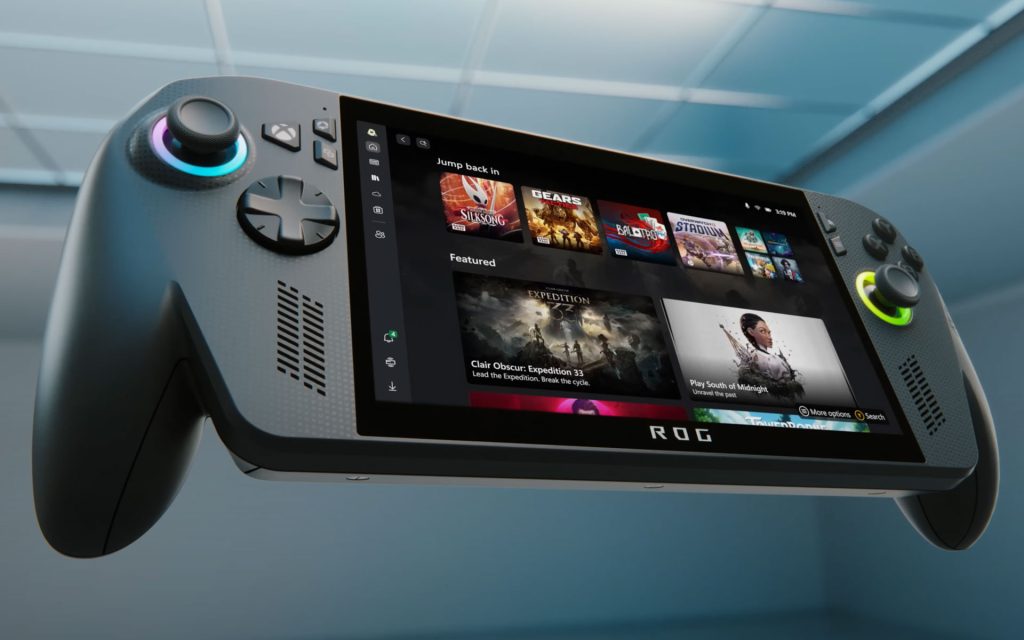
The only problem? The ROG Xbox Ally X does not play any games created for any Xbox in the traditional handheld, on-device, network-independent sense: it’s a Windows 11-based PC, offering just the redesigned UI (which all Windows-based handhelds will be updated to at some point) and that “Xbox button” (that opens the new Game Bar overlay which is assignable to any other button). Plus, the closest Xbox fans can come to enjoying actual Xbox games on this system is playing the PC versions of Xbox Play Anywhere titles (which is around 35% of the entire Xbox Series S/X library including backwards compatible titles).
But that any Xbox fan – or consumer in general – can do on any gaming PC anyway, so that is a problem for the ROG Xbox Ally X. Furthermore, chances are that the new “Xbox full-screen experience” user interface will be available to many, many more PCs in the future – in fact it has already leaked and can be installed on any Windows-based handheld PC, with a bit of effort, right now – while the “Xbox button” is more or less a branding shortcut. In short: neither feature is special, making the ROG Xbox Ally X just a fast, capable handheld PC that’s only compatible with PC games for Windows coming from a variety of digital storefronts.
So how can one call this device an “Xbox” with a straight face?
Because of Microsoft’s confusing marketing choices, it’s getting really hard to define what consumers can expect of “an Xbox”.
Taken as a whole, all of the above can only point to the obvious branding problem Microsoft has created for itself: is anyone able to tell what makes an Xbox, an Xbox anymore? Is it the degree of access to the Xbox library that defines it? Is it the way that access works? Is it the user interface it depends on? Is it its branding? None of the above? All of the above? Some of the above? If some, then which?
It is, frankly, a mess that speaks volumes about Microsoft’s vision for the future of Xbox – or, as it happens, the lack thereof – as the company’s major shift in terms of priorities now seems focused on short-term brand damage control rather than making long-term plans for its position in the gaming market.
The Xbox brand on its way to becoming meaningless
It’s worth noting that Sony is not keen on adopting any part of the Redmond giant’s “everything is an Xbox” strategy. The Japanese company is not calling personal computers “PlayStations” just because many of them are powerful enough to play the PC versions of PlayStation games. It’s not calling its Bravia TVs or smartphones or tablets “PlayStations” just because they can stream PlayStation titles through Remote Play. It’s also not calling the PlayStation Portal a “PlayStation” just because it supports cloud streaming, but “a PlayStation accessory”.
Why? Most probably because Sony feels that – had it been doing those things – it would only be diluting and weakening what the term “PlayStation” stands for in the minds of its customers, reducing its brand value as a result. In this particular case, the company may have a point.
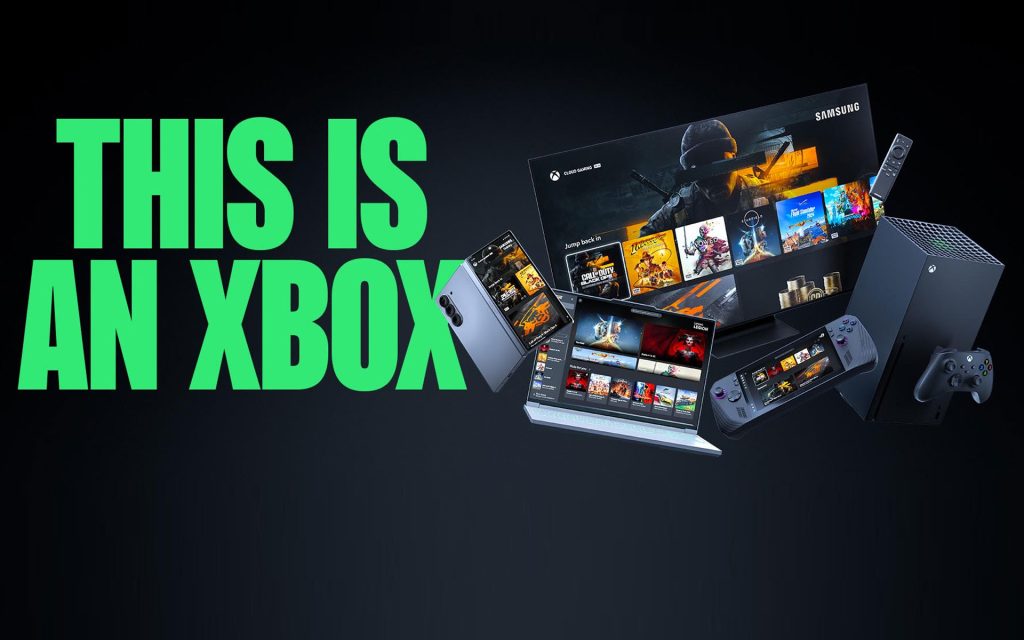
What the “Xbox” term means today (or what it will mean in the future) in terms of hardware is only one part of its branding problem. The other part has to do with software, where things also do not look exactly promising. With Microsoft having officially gone multiplatform – let’s face it, after the expensive acquisition of Activision Blizzard King it would not make sense not to do that – what an Xbox game actually is may be even harder to define than what an Xbox gaming system is.
It’s not hard to see why: there’s already a number of former Xbox exclusives out for Sony or Nintendo systems and there’s reason to believe that almost every major, expensive first-party production will find its way to formats other than any current or future Xbox consoles. Even day-and date simultaneous AAA Microsoft Game Studios releases on PlayStation, Xbox and PC are not out of the question anymore, especially when it makes a lot of sense from a revenue and customer base standpoint.
If all future Microsoft games are multiplatform releases, and if everything is functionally an Xbox, then basically nothing is.
Above all else, though, it’s hard to feel optimistic about the future of Xbox as a brand for one obvious reason: it just doesn’t seem to be a priority for Microsoft anymore. If the information YouTube channel Moore’s Law is Dead has been revealing over the past few months about the next Xbox home console turns out to be accurate, by the time such a system is released – late 2026 at the earliest, late 2027 at the latest – Microsoft will have fully transitioned to the biggest multiformat games publisher in the world, keen on making as much money as possible from each and every game it brings to market. It will also have moved its focus back on PC gaming, in an effort to keep the threat of SteamOS at bay.
In that sense, the Xbox will eventually become just another one of four or five different formats all major Microsoft Game Studios AAA titles will be released on. As a result, it will not really matter whether the next Xbox console is more powerful than the PlayStation6, whether it will come to market first, whether it plays PC games or whether it will be too expensive: if its only unique advantage is its backward compatibility with a number of games from previous Xbox generations, it may simply not be enough. Why buy a powerful one, a costly one or even a new one, after all, if everything is an Xbox?

















